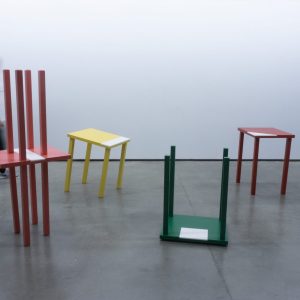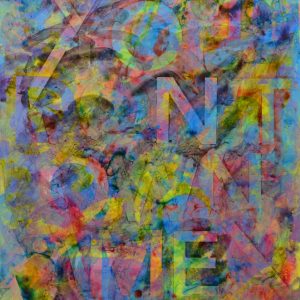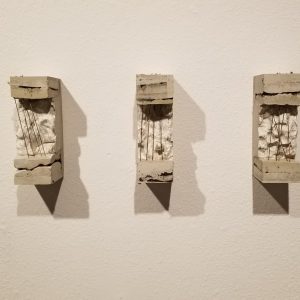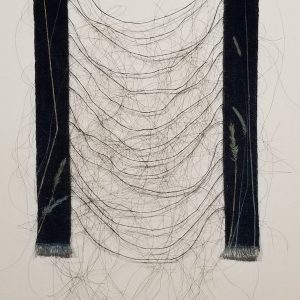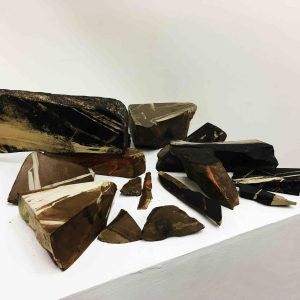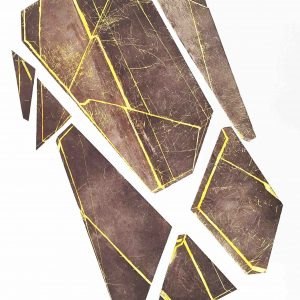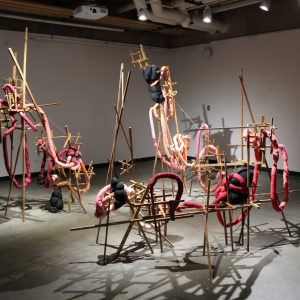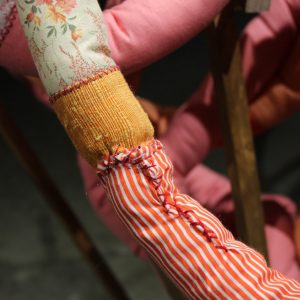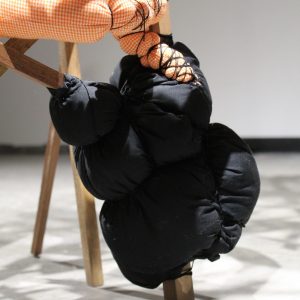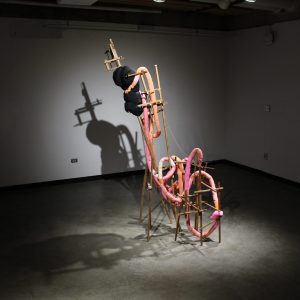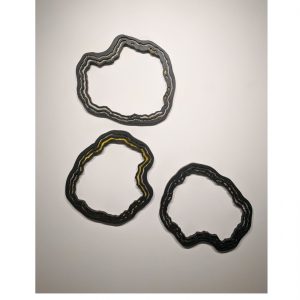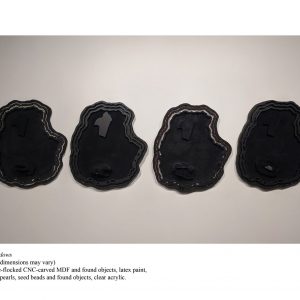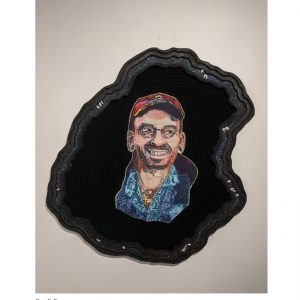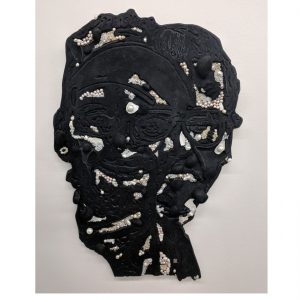The annual Master of Fine Arts Exhibition marks the culmination of a three-year degree program in the visual arts that fosters individual research and creative studio practice. Students in the program focus on a particular area of study and complete a mature body of work in their chosen field – artwork is situated within the discourse of contemporary art practice.
This year’s exhibition features work by Samuel Dong Saul (graphic design), Lauren Faherty (sculpture), Jasmine Holmes (drawing), Jacob Jaso (fibers), Janine Thornton (fibers), and Isaac Trujillo (printmaking).
MFA Thesis Exhibition 2020 - Virtual Exhibition

SAMUEL O. DONG SAUL | Graphic Design
Objects exist in a world with overly embedded meanings we have applied to them for millennia. There has been a clear separation of the object and subject relationship where humans dominate the roles in which non-living objects exist in our world. When trying to imagine the lives these objects might have, we personify ourselves and our existence projected onto them. My work investigates the presumption that objects relating to humans are part of a more significant philosophical discussion. By not thinking about the sum of their material part and culturally embedded meanings, one can experience new relationships with all surrounding objects. By using written and material language in a variety of mediums, I question the unknown interpretations the work may have. My work invites the audience to remove their cultural biases to stop overthinking the surrounding context and experience the infinite multiplicity of the interior of objects.
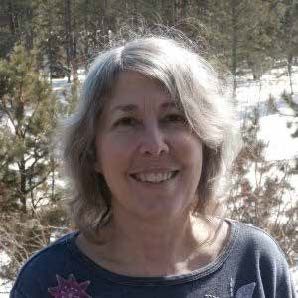
JANINE THORNTON | Fiber
Humans are an integral part of our environment. We share the beauty and resources of the Earth with all species. Society and the natural world are not separate. It is all one Earth. We are independent and separate yet, interrelated and interdependent. Through her work, Janine examines inner and outer connectedness, depicting personal connections that define relationships in her life. She examines these relationships through fibers, cement, plastic waste, and found objects. Many of the found objects include natural materials such as soil and tree branches collected along the eastern Colorado plains. These materials are combined into woven and sculptural forms, depicting our interdependence with the natural world around us. Her goal is to increase awareness of environmental issues to help affect change in how we live.
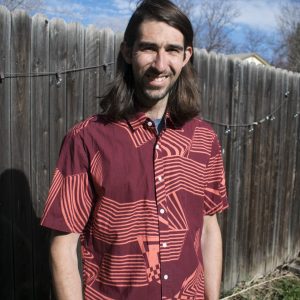
ISAAC TRUJILLO | Printmaking
Isaac Trujillo is a printmaker influenced by the world of rock climbing and stone lithography. He finds inspiration from time spent outside exploring new rocks to climb and working in the printmaking studio as he grains into new layers of limestone for his next prints, exploring new processes.
Discovering these untouched materials of our planet earth is what ultimately drives Isaac's art practice on the conceptual level. The physical interactions he has with hard rock is why he likes to share his perspective as an artist and extreme athlete.

LAUREN FAHERTY | Sculpture
For most of my life, I have sought to understand how systems within the body function and engage with one another — how a healthy and organized structure can undergo rapid deterioration stemming from networks failing to communicate properly. The effects and transformation that takes place in the physical self when introduced to aging, disease, and other biological disruptions is the basis of my body of work Acting and Undergoing. The confrontation of my body’s mortality was spurred by my family's genetic predisposition to autoimmune diseases. As I am actively confronted with the deterioration of memory and bodily functions within the genetics of my family, I have found myself in the role of caregiver for my family as well as in my practice. In this work, thin, precarious wood structures work to support plush fabric pieces that are actively overtaken by tumorous black forms. Within the plush forms in my sculpture, I actively bind and lash together wherever they have burst open. The work balances between coming undone and by being in a process of repair as I attempt to restore the forms to their original selves, even if for just a moment.

JASMINE HOLMES | Drawing
Jasmine Holmes (°1994, Phoenix, Arizona) is an artist who creates drawings though a variety of media. With subtle line work and minimalistic approach to color theory, she creates work that invoke feelings of uneasiness within the viewer. These works are inspired by consumerist culture and its appetite for devouring the colored body. With emphasis on the black figure she draws from social constructs, such as Race, Class, and Creed, in order to bring forth an image that both disturbs the viewer and procures contemplation.
Her artworks are often about personal contact with Eurocentrism and its effects on the marginalized psyche. The colored human form is the center piece with emphasis on areas were societal control to personal identity can be linked (face, limbs, breasts, hips, etc). These figures are the centerpieces, taking up space and showcasing a performance of multilayered hyper-visibility within spaces that often marginalize them.

JACOB JASO | Fiber
To understand my relationship with my past, I make objects with a sense of urgency to harvest sensations and reveal truths hidden in memory. When I left New Brunswick to emigrate back to the United States, I began to feel a longing to return to Canada. I had found a real sense of home, with deeply personal and profound connections to people and places. I would not truly understand the depth of those connections until I left.
As I work to gain perspective on my longing to return to the past, I draw upon Suprematist concepts of creating irrational spaces and giving primacy to feelings over objective visual representation. Both concepts use color and shape to create these irrational spaces and to capture raw emotion.
Far from New Brunswick and the people that made me feel welcome, everything I began to make echoed their faces and the landmarks that ground my remembered experiences. To understand the extent and power of memories in my creative process, I considered how to diminish their ability to influence my practice, since everything I made was centered on the past. Could Suprematist strategies offer real ways to distill a memory without diluting the remembered experience, breaking down memory, and discovering truth within the process of longing? If I could not return to living in a comforting past, I would create a window, a portal, a way to dwell in the contentment of that chapter of my life.
![serendipity[1] Serendipity](https://artmuseum.colostate.edu/wp-content/uploads/sites/70/2020/04/serendipity1-300x300.jpg)
